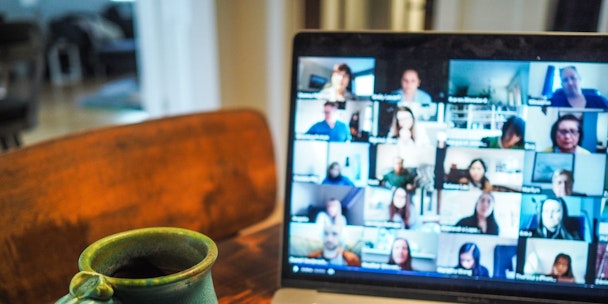No one-size-fits-all model for hybrid work in APAC, study finds
When designing a hybrid work structure there is no one-size-fits-all solution, according to Dell’s Leading the Next Hybrid Workforce study, which builds on the findings outlined in Dell’s Remote Work Readiness (RWR) Index.

Leaders must seek to establish trust with their employees
“With work today no longer anchored to a single place and moment in time, organizations must focus on outcomes and be ready to help their employees realize both their professional and personal roles effectively, regardless of where they work,” said Andy Sim, vice-president and managing director for Singapore at Dell Technologies.
“While eight in 10 employees in Singapore expressed readiness for long-term remote work, there are still a number of factors that need to be addressed.”
The paper investigates the role of organizations in designing a hybrid work future and captures actionable insights and recommendations from Australian RMIT lecturer Dr Julian Waters-Lynch, Japan-based management consultant Rochelle Kopp and NUS lecturer Dr Rashimah Rajah from Singapore, as well as Mallory Loone, co-founder of learning and engagement firm Work Inspire in Malaysia.
What are the paper’s findings?
-
All four experts underscored that leaders have a defining role to play in assembling the building blocks of a hybrid work future.
-
They must clearly establish fundamental and innovative changes in their organizations to move forward, yet demonstrate empathy and compassion toward the struggles their employees likely face such as the lack of in-person communication, as well as blurred boundaries between professional and personal lives.
-
Leaders must seek to establish trust with their employees and embrace an outcomes-driven mindset to avoid falling into the trap of micromanagement.
-
Organizations cannot simply approach hybrid work from an operational and technical standpoint and apply a one-size-fits-all model. Instead employers must take the time to learn more about their employees’ preferences and needs to help them succeed in a remote work environment.
-
To co-design an inclusive hybrid workplace, experts recommend more open communication between employers and employees. They emphasize the need to find a balance between flexible working and regularity in the form of dedicated time for team meetings, for example, to preserve culture and social interaction.
-
The experts also called for more deliberate efforts toward culture-building and learning and development to preserve and spark creativity, innovation and collaboration. They cautioned against the risk of split cultures between home-based employees and those in the office, which may lead to tensions in office dynamics and perceived imbalances between the two groups.
-
One suggestion is for employers to redirect their budget saved from daily office expenses and re-invest in dedicated and regular activities for social engagement among employees, such as team lunches or interactive training sessions.
-
This helps create more opportunities for an organic exchange of ideas, as well as the chance to foster trust and stronger working relationships between team members.

